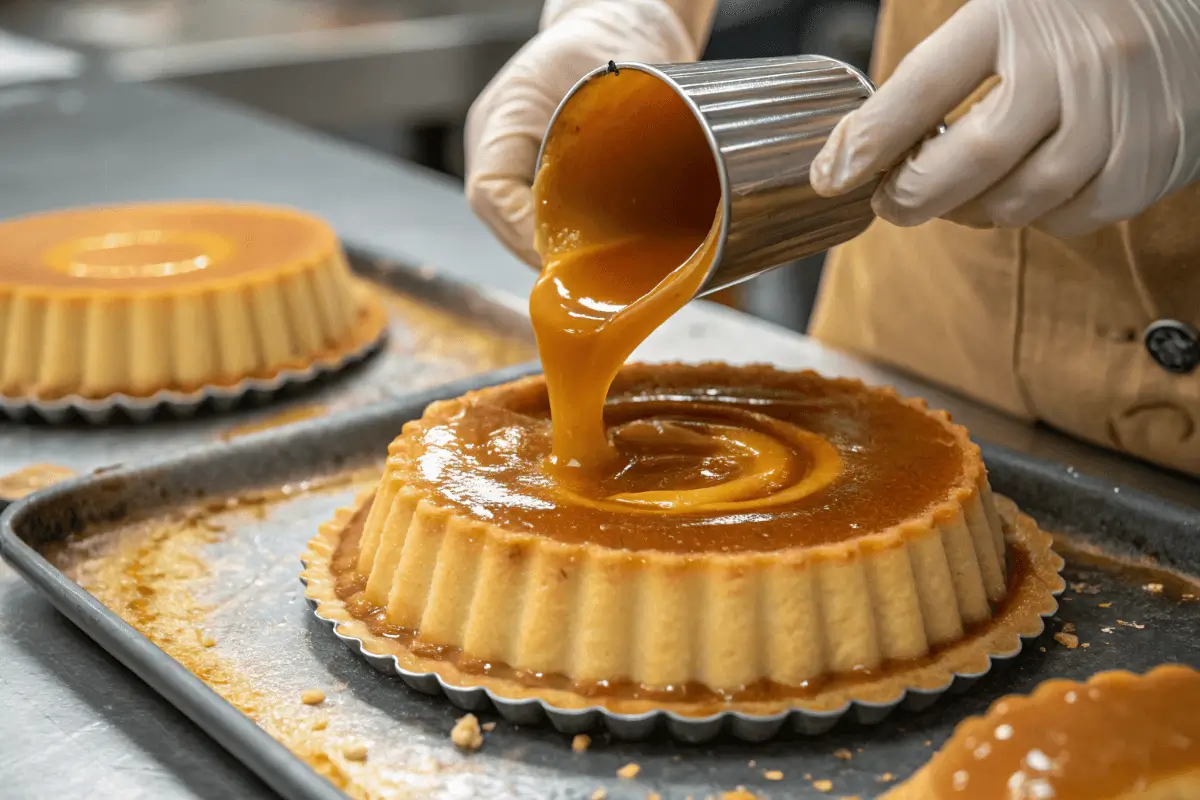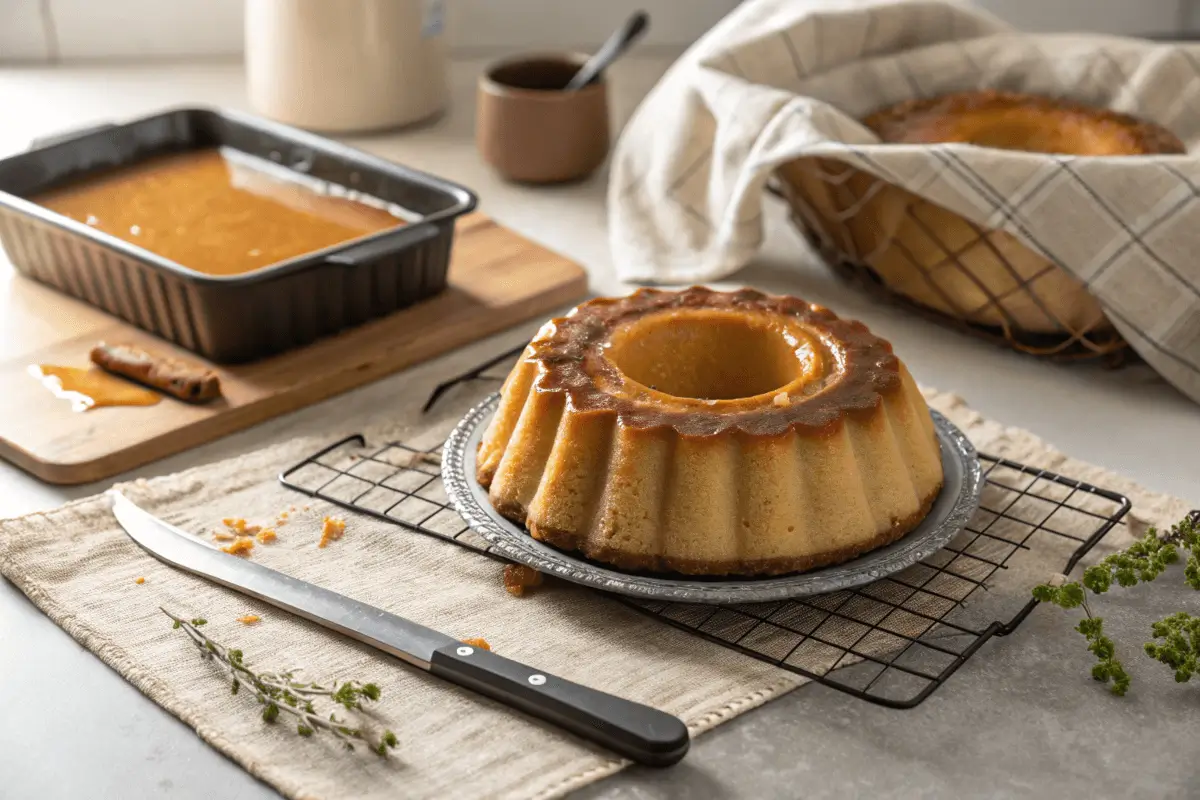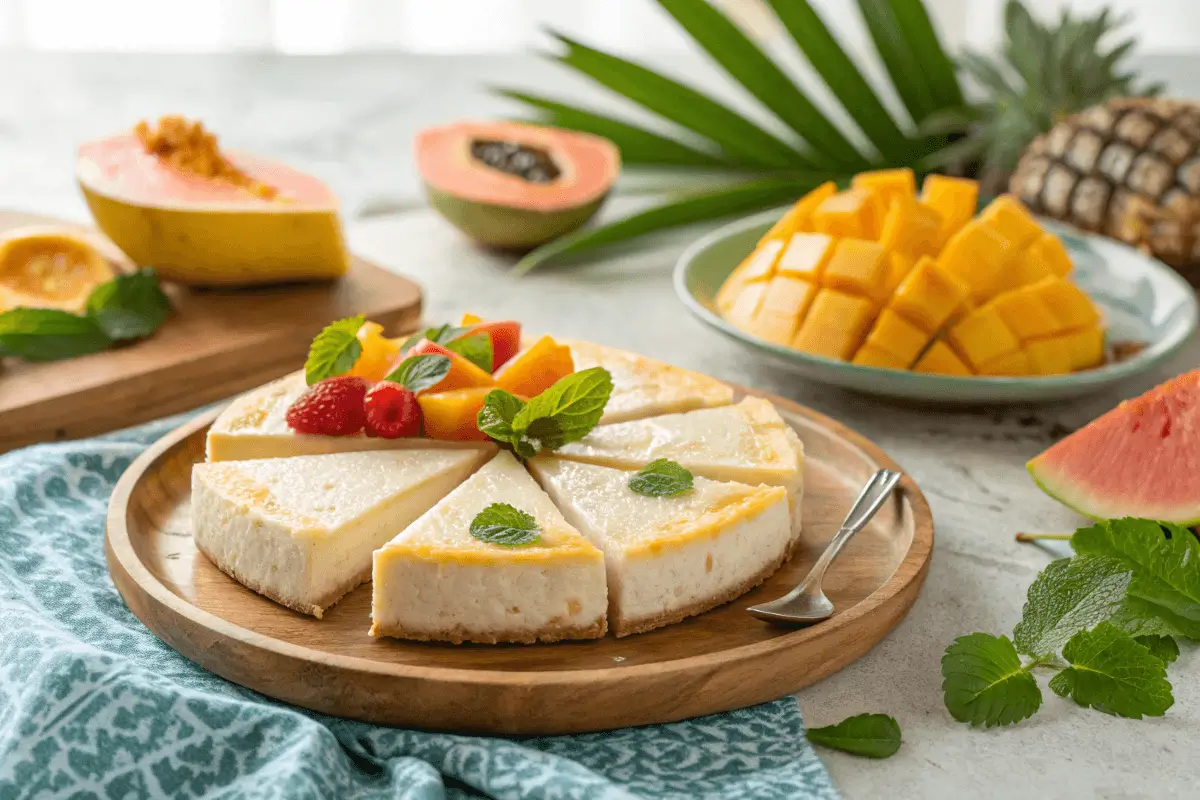Venezuelan cuisine is a vibrant celebration of flavors, and quesillo stands out as a true classic. This rich, creamy dessert has been passed down through generations, cherished for its delicate balance of sweetness and texture. In this article, we’ll dive deep into everything you need to know about quesillo—from its history and cultural significance to the perfect recipe for recreating it at home. Whether you’re a first-time baker or a seasoned dessert lover, this guide will help you master the art of making quesillo while understanding why it holds a special place in Venezuelan hearts. Let’s get started!
Introduction to a Classic Dessert
What Makes This Custard Special?
Quesillo is a delectable Venezuelan dessert, often compared to flan but with its own unique charm. It’s a custard-like treat made with simple ingredients such as sweetened condensed milk, eggs, and sugar. What sets it apart is its creamy texture and the distinctive caramelized sugar layer that tops it. This dessert is not only easy to make but also packed with a sweet, velvety flavor that lingers on the palate.
But quesillo isn’t just another dessert—it’s a symbol of Venezuelan hospitality and love. Served at birthdays, holidays, and family gatherings, it’s a dessert that brings people together, one spoonful at a time.
Origins of Quesillo
The history of quesillo is as rich as its taste. Rooted in Spanish culinary traditions, it evolved over time to become a staple in Venezuelan households. The word “quesillo” translates to “little cheese,” a nod to its resemblance to soft, creamy cheese. However, don’t let the name fool you—there’s no cheese in this dessert! Instead, its smooth consistency and the tiny air pockets formed during baking are reminiscent of cheese, giving it a unique identity.
Why is Quesillo Special?
Unlike traditional flan, quesillo boasts a slightly firmer texture and a richer flavor, thanks to the sweetened condensed milk. Its caramelized sugar topping adds a hint of bitterness that perfectly balances the custard’s sweetness. This contrast, coupled with its cultural significance, makes quesillo a beloved dessert in Venezuela and beyond. It’s no wonder that this dish has earned its place on the dessert tables of homes worldwide.
Ingredients and Tools Needed
What You’ll Need to Make It
Making quesillo requires just a handful of pantry staples, which is part of its widespread appeal. Here’s what you’ll need:
- White sugar: For the caramel layer that forms the dessert’s signature topping.
- Sweetened condensed milk: This is the star ingredient, adding creaminess and sweetness.
- Milk: Regular whole milk works best to balance the condensed milk.
- Eggs: Essential for setting the custard and giving it structure.
- Vanilla extract: A touch of vanilla enhances the flavor profile of quesillo.
Feel free to experiment with variations like adding coconut milk or citrus zest to customize the flavor.
Essential Kitchen Tools
Creating the perfect quesillo calls for some basic tools:
- Flan mold or baking tin with a lid: These are ideal for shaping and baking quesillo. A cookie tin with a secure lid works in a pinch.
- Bain-marie setup: A water bath ensures gentle, even cooking, preventing cracks.
- Mixing bowl and whisk: To combine the custard ingredients thoroughly.
- Knife or offset spatula: For loosening the quesillo from the mold before serving.
Step-by-Step Recipe Instructions

Creating the Caramel for Quesillo
The first step in making quesillo is preparing the caramel. Start by melting 1 cup of sugar over medium heat in a nonstick pan. Stir constantly to avoid burning. Once the sugar has turned a golden amber, quickly pour it into the flan mold, swirling to coat the bottom evenly. Be cautious—hot caramel can cause burns. Let the caramel cool and harden while you prepare the custard.
Preparing the Quesillo Custard
In a large mixing bowl, combine a can of sweetened condensed milk, an equal amount of whole milk (use the empty can as a measuring tool), three eggs, and a teaspoon of vanilla extract. Whisk until the mixture is smooth and well-blended. To avoid air bubbles in your quesillo, gently fold the mixture or tap the bowl against the counter.
How to Assemble and Bake Quesillo
Pour the custard mixture over the hardened caramel in your mold. Cover it with the mold’s lid or aluminum foil to prevent water from entering during baking. Place the mold in a larger baking dish filled with water about halfway up the sides of the mold—this is your bain-marie.
Preheat your oven to 350°F (175°C) and bake the quesillo for 45 minutes. Remove the lid carefully to check if it’s set. If not, bake for an additional 10-15 minutes. The custard should have a firm jiggle when done.
Cooling, Refrigerating, and Serving Quesillo
Once baked, let the quesillo cool to room temperature. Then, refrigerate it for at least 8 hours or overnight for the flavors to meld. To serve, run a knife around the edges of the mold and invert it onto a plate. The caramel will create a luscious, glossy topping. Serve chilled and enjoy!

Tips for Perfecting Your Quesillo
Avoiding Common Quesillo Mistakes
Even though quesillo is simple to make, a few missteps can lead to less-than-perfect results. One common issue is burnt caramel. To avoid this, melt the sugar slowly and stir constantly, removing it from the heat as soon as it turns golden. Another mistake is overbaking the custard, which can make it rubbery. Always check for a slight jiggle in the center before removing it from the oven.
Another tip? Ensure no water gets into the custard during the bain-marie process. A tightly sealed lid or foil will do the trick.
Adding Flavor Twists to Quesillo
While the classic quesillo recipe is delightful, you can personalize it with creative flavors. Swap regular milk for coconut milk for a tropical twist, or add a teaspoon of orange or lime zest for a citrusy kick. A splash of rum or coffee extract can also take your dessert to the next level.
Storing Your Quesillo
Proper storage is key to maintaining the fresh flavor and texture of your quesillo. Keep it refrigerated in its mold, tightly covered with plastic wrap or foil, to prevent it from drying out. Leftovers can last up to five days, but let’s be honest—it’s unlikely they’ll stick around that long!
Quesillo and Venezuelan Culture
A Celebration Dessert
In Venezuela, this creamy custard is more than just a dessert—it’s a cherished part of special occasions. From birthdays to holiday feasts, no gathering feels complete without its sweet, caramelized presence. Its simplicity makes it accessible to all, while its luxurious flavor adds an element of festivity. Sharing this treat is like offering a taste of Venezuelan culture and love to family and friends.
Regional Variations
Like many traditional recipes, this dessert varies across different regions of Venezuela. Coastal areas often feature coconut milk, a nod to the tropical ingredients abundant in these locations. In the Andes, you might encounter a richer version made with cream or enhanced with spices like cinnamon. Each variation reflects the unique culinary traditions of its region, adding to its enduring charm.
A Family Tradition
This classic dish is often passed down through generations, strengthening the bond between families and their culinary heritage. Many Venezuelans fondly recall childhood memories of watching grandparents prepare it—learning how to caramelize sugar and perfect the custard. Beyond its taste, this dessert is a symbol of tradition and togetherness, fostering a sense of belonging.
FAQs About This Dessert
How Does It Differ from Flan?
While quesillo and flan look similar, they have key differences. Quesillo has a slightly firmer texture due to the inclusion of whole eggs, which creates tiny air pockets during baking. Flan, on the other hand, is typically smoother because it uses only egg yolks. Additionally, quesillo’s flavor is richer and creamier, thanks to sweetened condensed milk.
Why is caramel essential in Quesillo?
Caramel isn’t just for looks; it adds a deep, slightly bitter sweetness that balances the custard’s richness. When you invert the quesillo onto a plate, the caramel creates a glossy sauce that makes each bite irresistible. Without it, quesillo would lose its signature flavor profile.
Can you make Quesillo without a bain-marie?
A bain-marie, or water bath, is crucial for making quesillo. It ensures gentle, even heat, preventing the custard from curdling or cracking. While it’s tempting to skip this step, doing so can result in uneven texture. If you don’t have a proper setup, a deep baking dish with hot water works just fine.
How long does Quesillo take to set?
After baking, quesillo needs time to set in the refrigerator—at least 8 hours or overnight. This chilling period is essential for the caramel to soak into the custard, enhancing both texture and flavor.
Conclusion and Final Thoughts
Rediscover the Joy of Quesillo
Quesillo is more than a dessert—it’s a connection to Venezuelan culture and tradition. Its creamy custard, caramel topping, and simple preparation make it a must-try for anyone looking to explore global flavors. Whether you’re preparing it for a family gathering or a quiet evening treat, quesillo promises to impress with every bite.
Why not give it a try? Dive into this recipe, add your own twist, and share the joy of quesillo with loved ones. It’s a sweet reminder that the best desserts often come with a story.
Pairing Quesillo with Other Flavors

Sweet Pairings for This Dessert
The rich, caramelized flavor of this custard pairs beautifully with sweet accompaniments. A dollop of whipped cream or a drizzle of chocolate sauce adds extra decadence. For a tropical twist, try serving it with slices of fresh mango, pineapple, or a sprinkle of shredded coconut. These additions brighten the dessert and make it even more refreshing.
For a creative pairing, consider serving it with coffee ice cream. The slight bitterness of the coffee balances the caramel’s sweetness, creating a sophisticated flavor combination.
Savory Contrasts with This Custard
Surprisingly, adding a touch of savory elements can enhance this creamy dessert. For instance, a light sprinkle of sea salt on the caramelized layer creates a delightful sweet-and-salty contrast. Pairing it with a cheese platter or buttery crackers can also offer an unexpected but harmonious twist to your table.
No matter how you serve it, this dessert adapts well to a variety of flavor combinations, ensuring it remains a crowd-pleaser.
Exploring Quesillo Around the World
Regional Variations of Quesillo
While this dessert is a staple in Venezuelan kitchens, similar treats can be found worldwide. In Spain, for instance, “tocinillo de cielo” is a close cousin, made with egg yolks and sugar syrup. In the Philippines, leche flan closely resembles it, though it’s often denser and made with evaporated milk.
Within Latin America, each country adds its own twist to custard desserts, but quesillo stands out for its airy texture and bold caramel flavor. This versatility has helped it gain fans far beyond its borders.
Quesillo’s Role in Global Cuisine
Thanks to its simple ingredients and stunning presentation, quesillo has found a home in international kitchens. Many chefs and home cooks experiment with it by adding local flavors or incorporating it into fusion desserts. Whether enjoyed in a traditional form or as a creative adaptation, quesillo continues to charm dessert lovers worldwide.

